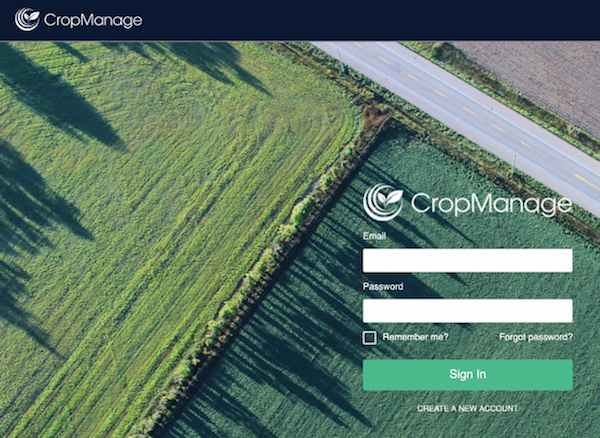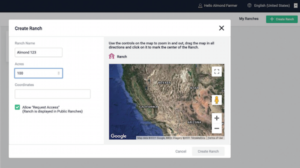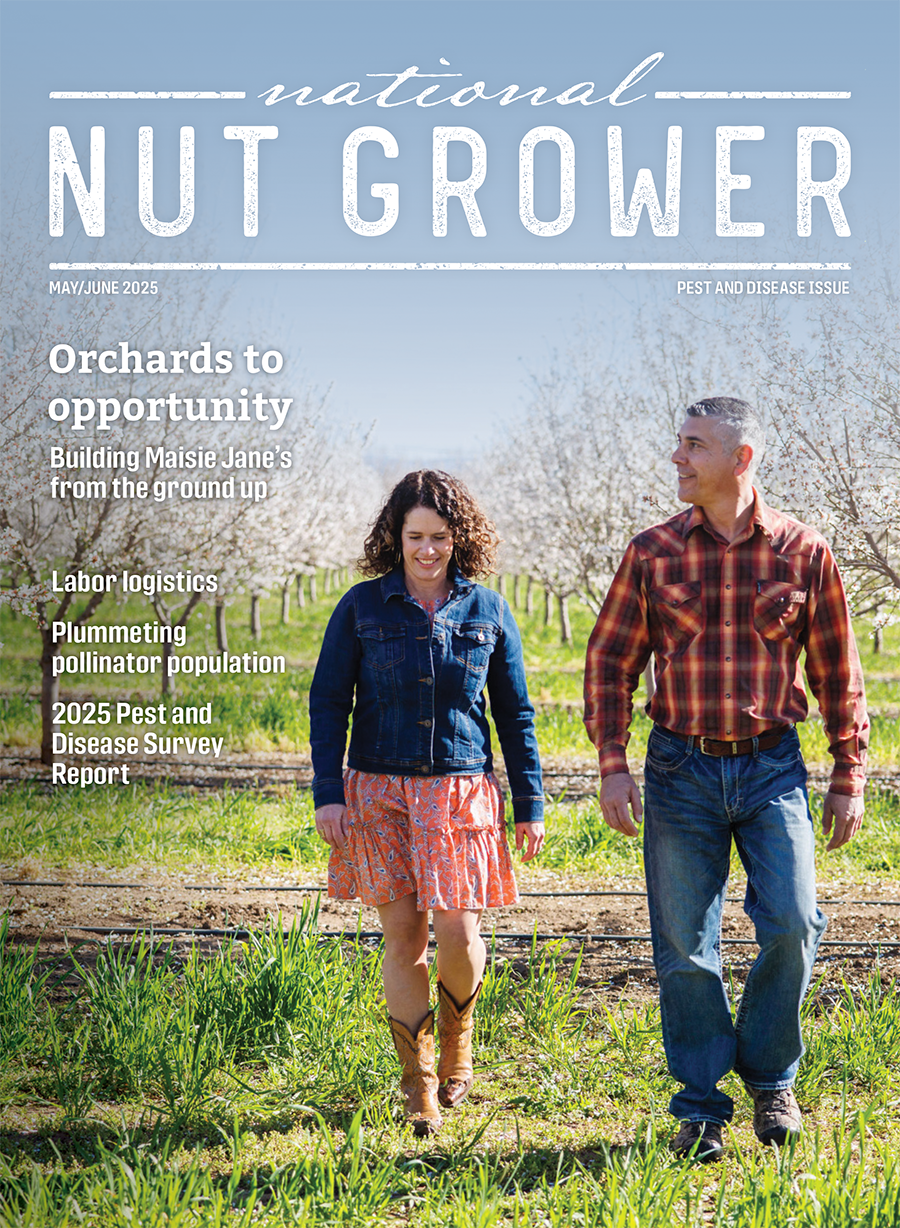
Winter 2021
Growers manage irrigation and nitrogen with CropManage
Agtech is aggressively transforming the tech space to include growers and applied professionals who have quite a bit to manage in the day-to-day.
CropManage is a decision support tool that was developed for water and nutrient management, looking at them together in order to solve the problem of nutrient overuse, irrigation scheduling and the protection of groundwater.
“You can’t do good nutrient management unless you’re doing good water management,” said Michael Cahn, irrigation and water resources farm advisor with University of California Cooperative Extension. “There’s a lot of nitrogen applied that causes downstream and groundwater impacts.”
CropManage has been on the scene for the better part of a decade. It currently has about 2,500 users covering 7,200 plantings, 1,600 ranches or farms, and is used on roughly 6,000 acres of almonds alone. With funding from the California Department of Food and Agriculture and the California Department of Water Resources, it uses extensive research from the University of California conducted in commercial fields to build algorithms to provide decision support to growers. CropManage can customize recommendations on how much water and nitrogen to apply for a grower’s particular operation based on various data inputs.
Originally developed for use in vegetables in California, CropManage has expanded to include more permanent crops, such as strawberry, raspberry and alfalfa. More notably, however, is its expansion into almond, walnut and pistachio.
The art of scheduling
Irrigation management in tree nuts is becoming increasingly more important, especially concerning California’s Sustainable Groundwater Management Act, the inability to rely on groundwater to supplement cutbacks on surface water allocations, and when more acres of permanent crops are being planted, which need year-round water in a place that is prone to drought. Not only is irrigation management a vital component of maximizing production and yield, it’s also key to operating within the requirements of water availability and regulation.
When and how much are the key factors in scheduling and can be weather-, plant-, or soil-based. Each has its pros and cons, and one may take priority over another.

The weather-based option works with the California Irrigation Management Information System (CIMIS), which are weather stations located in different agriculture zones throughout the state, and have a reference crop with consistent cover throughout the year. CropManage automatically pulls the reference evapotranspiration (ET) data from CIMIS, which is then adjusted for the crop of interest by using a crop coefficient. And crop coefficients change over time; they start low when trees are small, rise with canopy growth, then lower later in the season as leaves senesce and fall.
For fields with their own weather stations, CropManage can use that data instead.
Factoring in ET since last irrigation, leaching, application rates and other aspects can result in involved calculations. Spread across multiple fields, it can be time consuming.
CropManage’s goal is to do that heavy lifting – to make it a lot easier to customize crop ETs, and to provide online irrigation and nitrogen management decision support for a grower’s specific orchard. Though not required, it can also be used with existing technology that’s already in the field, such as soil moisture sensors and flowmeters, which track every irrigation event and gallons per minute.
“We see irrigation systems running just way too long, or we talk to growers and find out they use a lot more fertilizer than necessary,” said Cahn.
Over 30 field trials of CropManage have shown the tool helped reduce water and fertilizer by 20-40%, while simultaneously maintaining or improving yields.
The recommendations
Many other apps can display graphs of data, but most are hard-pressed to make valuable – and science-backed – recommendations. It takes about 15 minutes to set up an operation on the CropManage online tool, said Cahn, and it only has to be done once. Growers or field managers enter fertilization and irrigation events, soil tests, and can track multiple fields of various crops and multiple blocks.
The nitrogen algorithms for trees, developed by Patrick Brown and the team at the Patrick H. Brown Lab at UC Davis, generate crop-specific nitrogen fertilization recommendations based on a variety of data, such as soil properties, satellite imagery, irrigation system efficiency and spring leaf tissue samples, in addition to past and future weather and ET.
The recommendations are accompanied by the calculations themselves, allowing farm managers to either follow the recommendation or make adjustments and create a new recommendation, which can then be easily read by someone in the field.
The nitrogen management support delivers reasonable estimates for yield, credits for cover crop, compost and other related practices, which is helpful for fertigation applications. CropManage also maintains water and nutrient application records for each crop, which is helpful for reporting to regulatory agencies, such as regional water quality control boards.
“Growers can always look back and see what was done,” said Cahn.
Cahn and the team behind CropManage are planning workshops and online trainings for those interested in learning to use the online tool in their tree nut crops.









